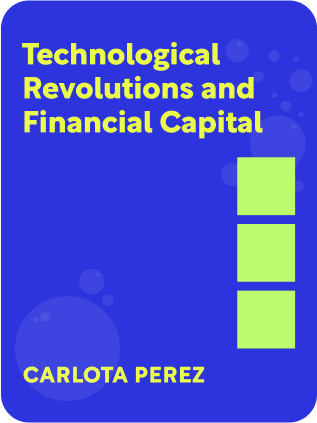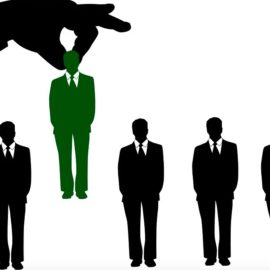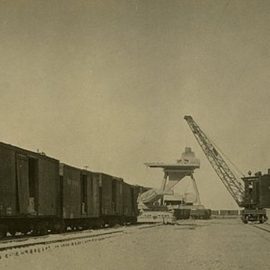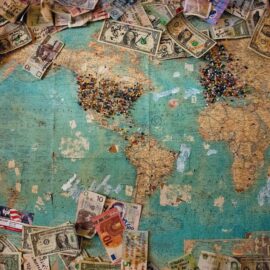

This article is an excerpt from the Shortform book guide to "Technological Revolutions and Financial Capital" by Carlota Perez. Shortform has the world's best summaries and analyses of books you should be reading.
Like this article? Sign up for a free trial here .
What is financial capital in technological revolutions? How does it help propel industrial revolutions and why do new technologies need it?
Financial capital in technological revolutions actually refers to the agents that make the revolution possible, not money. In this case, it is the condition that allows wealth to be redistributed.
Read more about financial capital in technological revolutions.
Financial Capital vs Production Capital
In Technological Revolutions, when Carlota Perez uses the term “capital,” she refers not to the actual capital (money), but rather to the agents and their motives in wealth creation.
Financial capital represents the agents who possess wealth in the form of money or relatively liquid assets. Their objective is to make money from money, and they perform actions that are most likely to increase their wealth. It reallocates and redistributes wealth.
Production capital represents the agents who generate new wealth by producing goods or services. These agents do this with borrowed money from financial capital and share the generated wealth. Their desire is to accumulate greater profit-making capacity by innovating, growing, and expanding.
As we’ll see, both types of capital have critical roles to play in the arc of each revolution.
Financial capital and production capital are different by nature:
- Mobile by nature, while production capital is tied to concrete products.
- Can invest in a firm without much knowledge of what it does. For production capital, knowledge about product and markets is the very foundation of success.
- Is footloose by nature and will flee danger, while production capital has to face every storm or perish.
- Ironically, as a revolution matures, incumbent production capital can become conservative and unreceptive to innovation. In this stage, it is the role of this capital to enable the rise of new entrepreneurs.
Phase 3: Synergy
Using the infrastructure developed in Frenzy and the regulatory safeguards in Turning Point, the technological revolution diffuses across the whole economy. A “good feeling” sets in with increasing coherence. Business is satisfied about its positive social role. Technology, and even finance, is seen as a positive force.

———End of Preview———
Like what you just read? Read the rest of the world's best book summary and analysis of Carlota Perez's "Technological Revolutions and Financial Capital" at Shortform .
Here's what you'll find in our full Technological Revolutions and Financial Capital summary :
- What happened during the 2000 tech bubble and the 2002 crash
- The 5 technological revolutions that reshaped society since 1771
- How you might be able to predict and prepare for the next technological revolution






